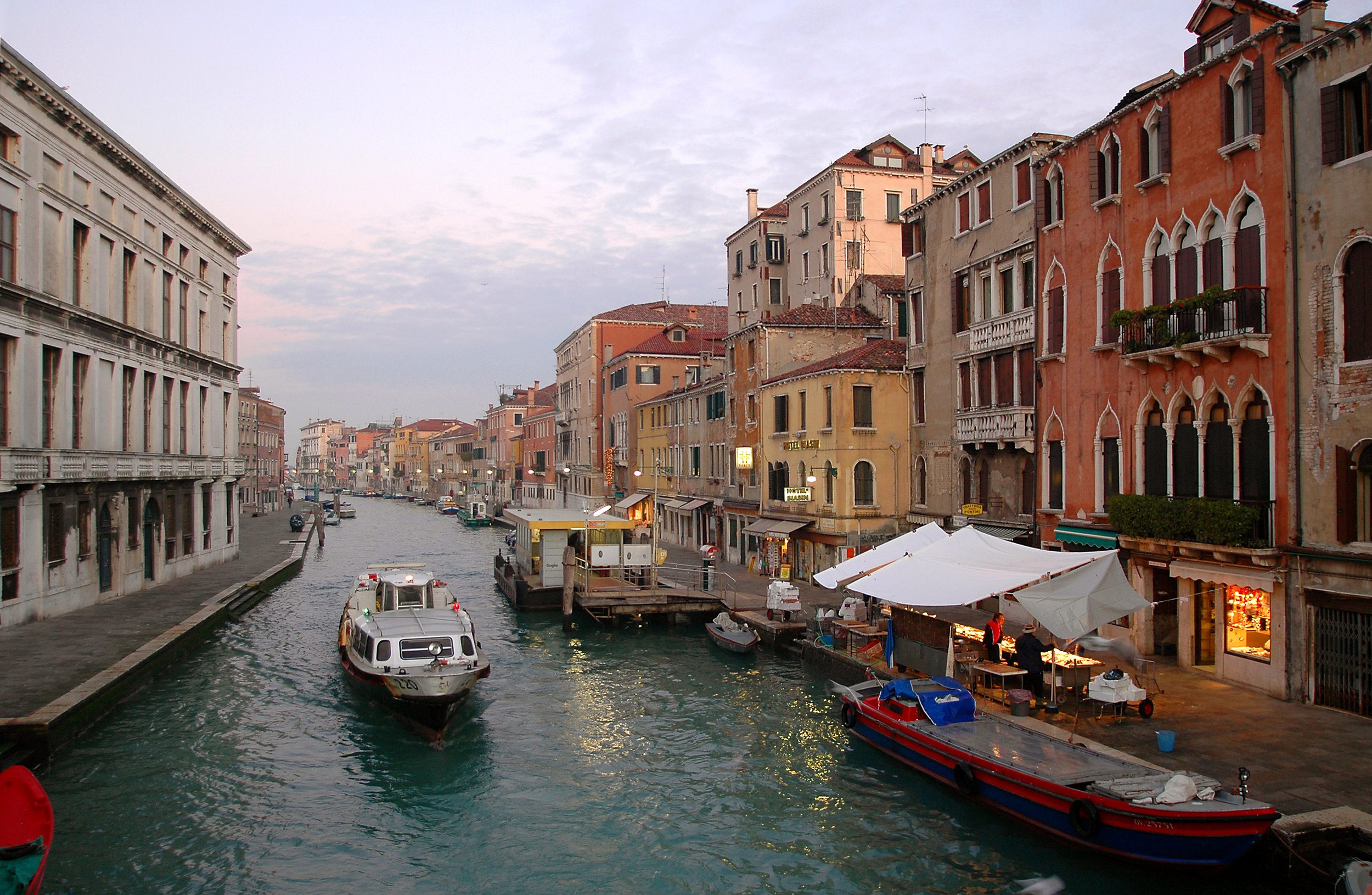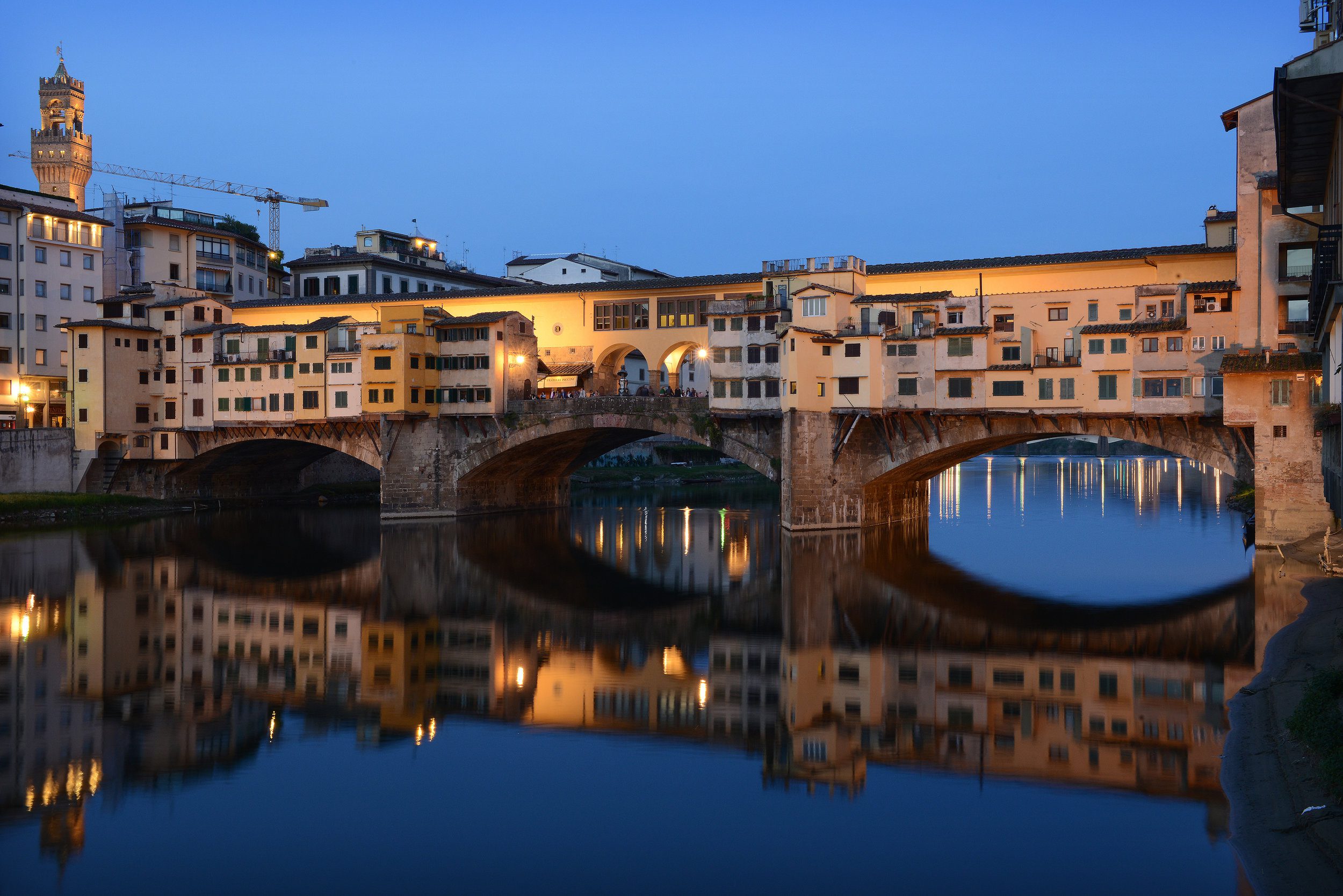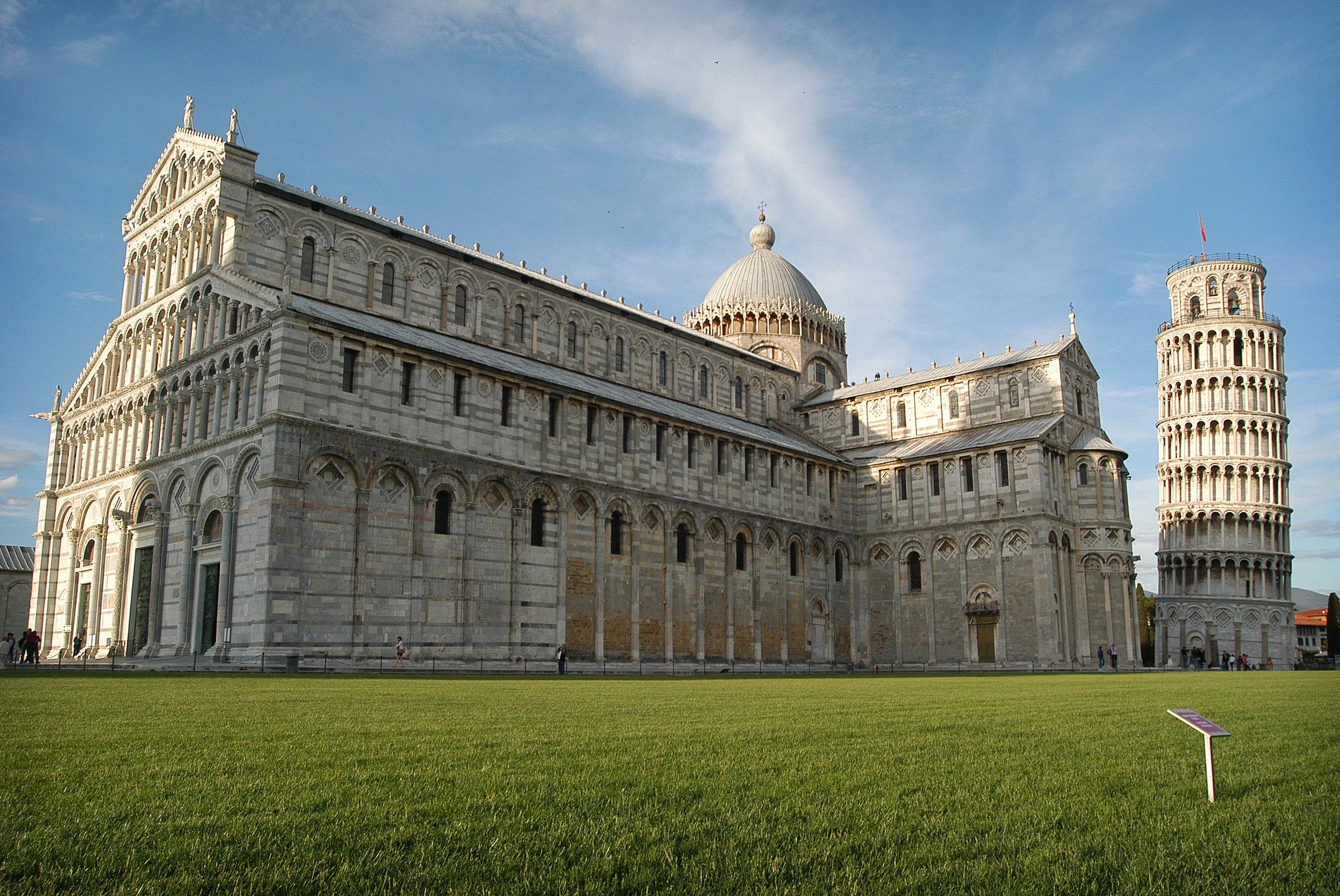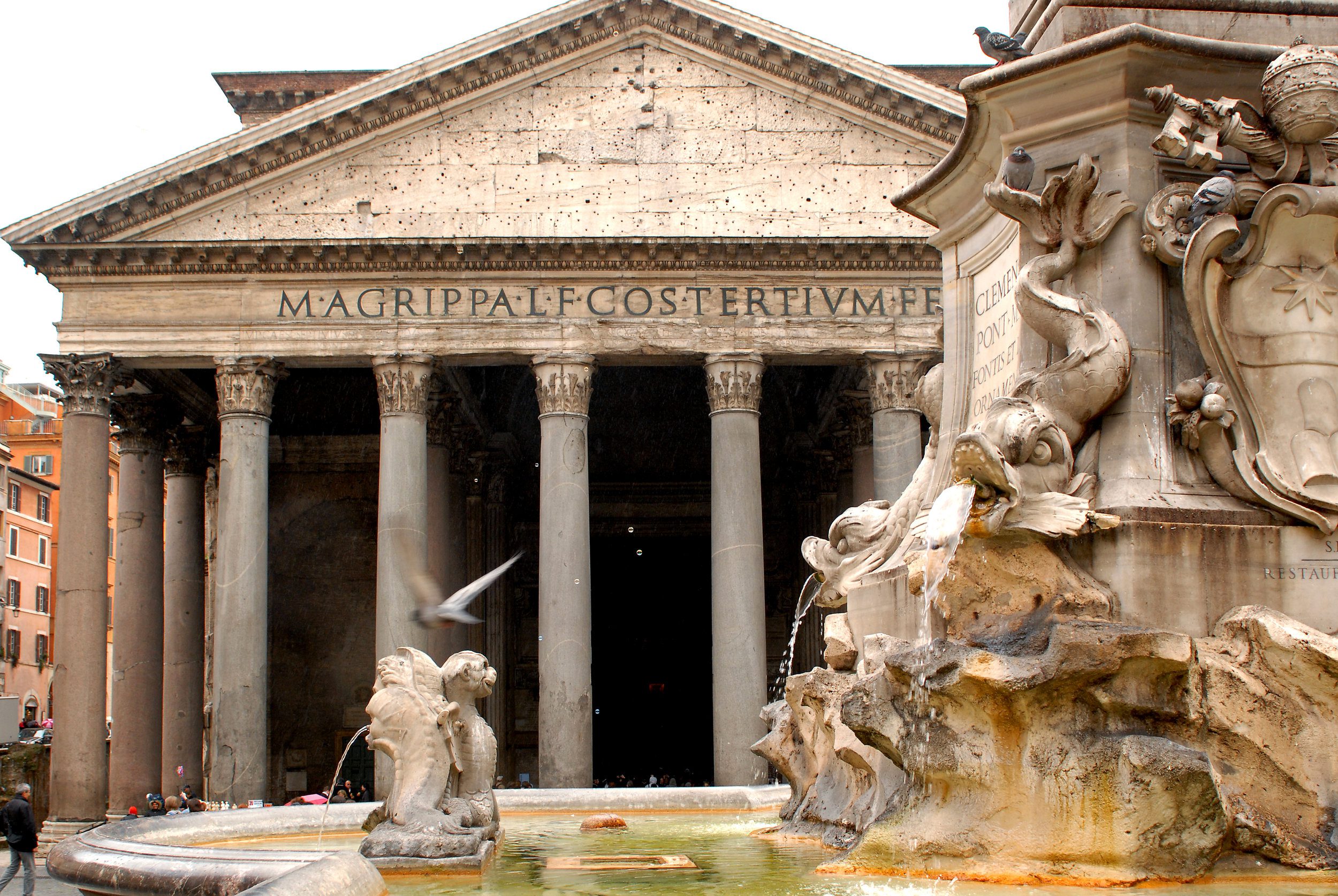This is my list. Can you find your own favorite in it?
1. VENICE

Exactly the same, though it is a classic of classics: Venice is infinitely relaxing and completely unique. It is true that going there today can be guilty: if the media is to be believed, Venice should no longer travel at all, because the city is sinking under the tourist crowds.
But you shouldn’t go to Venice when everyone else is going, especially in the summer, but rather in the winter. January in Venice is a fabulous place, especially if the harsh weather happens; Pink mornings, a mist rising from the canals, a shoe shed in empty alleys …

In Venetian vertical bars, locals sip snacks, cicchettos, with wine – they ask for an un’ombra when they want a mini glass. It’s worth getting stuck – and ignoring the expensive and poor tourist restaurants on the main roads.
All sorts of maps in Venice are useless and misleading. In Venice you fall in the coves where the beak looks, and get lost. Walk along the canals, the surface of which reflects terracotta and ocher-colored houses, towards churches, dead ends, and dozens of bridges, all of which are different. Every place is almost unbearably picturesque and beautiful.
2. TORINO

Located at the foot of the Alps, Turin is an elegant city inhabited by stylish people. There are glorious baroque palaces, churches and handsome vaults under which you can walk all over the city center, almost twenty kilometers away. Below them you will find boutiques, cafés and restaurants.
Torino is delicious, it tastes like espresso and chocolate. Ferrero Rocher and nougat-filled Gianduiotti come from the city. In many Finnish confectionery and confectionery shops, chocolate masters still make their sweets by hand.
The delicacy is the title plot of Al Bicerin café, bicerin. It comes with strong espresso coffee, melted dark chocolate and a layer of hot cream.
The cafe itself is quite small and modest, but wonderfully old-fashioned; it dates back to the 18th century and is one of Turin’s six protected traditional cafés – one where nothing can change; neither the interior nor the product range.

The best thing about Turin is still the aperitif. In the hometown of Italian aperitif culture, socializing drinks have been practiced since the early 18th century at least. At that time, a tasty drink was developed for women as well: fortified white wine flavored with herbs and spices, vermouth.
The bars, cafés and terraces of Turin are full after a day of work. There are snacks included in the price of the drink in every place, in many places also a decent aperi-cena; buffet, after which no more dinner is needed.
3. FLORENCE

Florence is congested, artistic and congested. After all, it is a beautiful, but far too touristy city, bustling with many. But I do not. Try going to Florence even in November, when it’s still warm. Congestion is minimal.
You should still go to the museums with a ticket purchased online as soon as they open in the morning – one museum per day is enough. And then you can leave the main squares and streets of the city center behind: it’s amazing how the vast majority of tourists move around in a small area.
Florence’s old town is huge, and it continues on both sides of the river, and there is no one on the side streets, now the city’s residents in cafes, supermarkets and food markets, or students in bars.

In a popular tourist town, food can be poor, but not in Florence – namely, if you follow the advice of the locals: “You pay very little or really much for food, the middle-priced places are for tourists.”
Preferably, eating means, for example, family-run trattorias in which the whole family is involved in the preparation or serving of lunch in one way or another, literally from baby to granddaughter.
One of my favorite places was a wine kiosk, where I got a good roll for five euros and a glass of wine for a couple of euros. There was only a few stools in the alley in front of the kiosk, but there was a queue all the time; many locals buy lunch at the kiosk with them.
4. PISA

A sloping tower in front of which hermetic hordes of tourists take silly pictures of themselves and each other. A million tourist stalls full of shocking trinkets. Yep, Pisa can only be seen as just that if you do as the majority of visitors to the city do: you don’t leave the marble church and monument square for just about anything.
But as long as you leave, it’s pretty fast in a pretty little Italian town with car-free, medieval alleys. There are ocher-yellow, partially dilapidated townhouses, churches and old palaces, shops, cafes and restaurants.

The majority of tourists stay in Pisa for only a few hours, and especially in the evening the city is relaxed. The people of Pisa leave for an evening walk, the Passeggiatia, a fairway in the middle of the old town, which the river divides into two parts.
It begins at Borgo Stretto, bordered by colonnades; with elegant clothing and shoe boutiques and cafés. The journey continues across the river to the main shopping street, Corso Italia, with its more diverse shopping and cheaper prices.
The great bonus of Pisa is Marina di Pisa, a peaceful village on the seafront, tens of kilometers from the center, which can be reached by bus. It has a beachfront and beachfront restaurants, summer homes and beautiful sunsets.
5. ROME

Rome has it all. A stunning amount of great things to see. High fashion people – and boutiques. There are the most handsome squares in the world, the most awful queues and the most shocking terrace prices. During the week, there is almost panic and stress, because even if you do your best, there is no way to see and get around everything you want.
That is why the Trastevere district on the other side of the river is a soothing respite with its quieter alleys and Trattoria Square. It is cozy there; pink residential houses, brick roofs and terraces decorated with greenery.

In the old days, Trastevere was a working-class district for artisans and small traders, where many immigrants also settled. The modestly traditional area has become a trendy residential area that appeals to well-off young adults. The cobbled streets are full of restaurants, wine bars and interesting shops.
Trastevere has its own world, like a small village within a town. The many things to do in Rome are offset by the fact that there is nothing special to see in the area.
The comfort of Trastevere lies in a relaxed atmosphere, on a human scale and in everyday details; wild wines are climbing on the walls, a clothesline has been stretched over the alley, and confessions of cowardice have been smeared on the wall of the house. At Piazza San Cosimato, locals choose fresh fish and vegetables for lunch.
Plan your italy Trip with KKday and Get Huge Discounts while Bookings .





